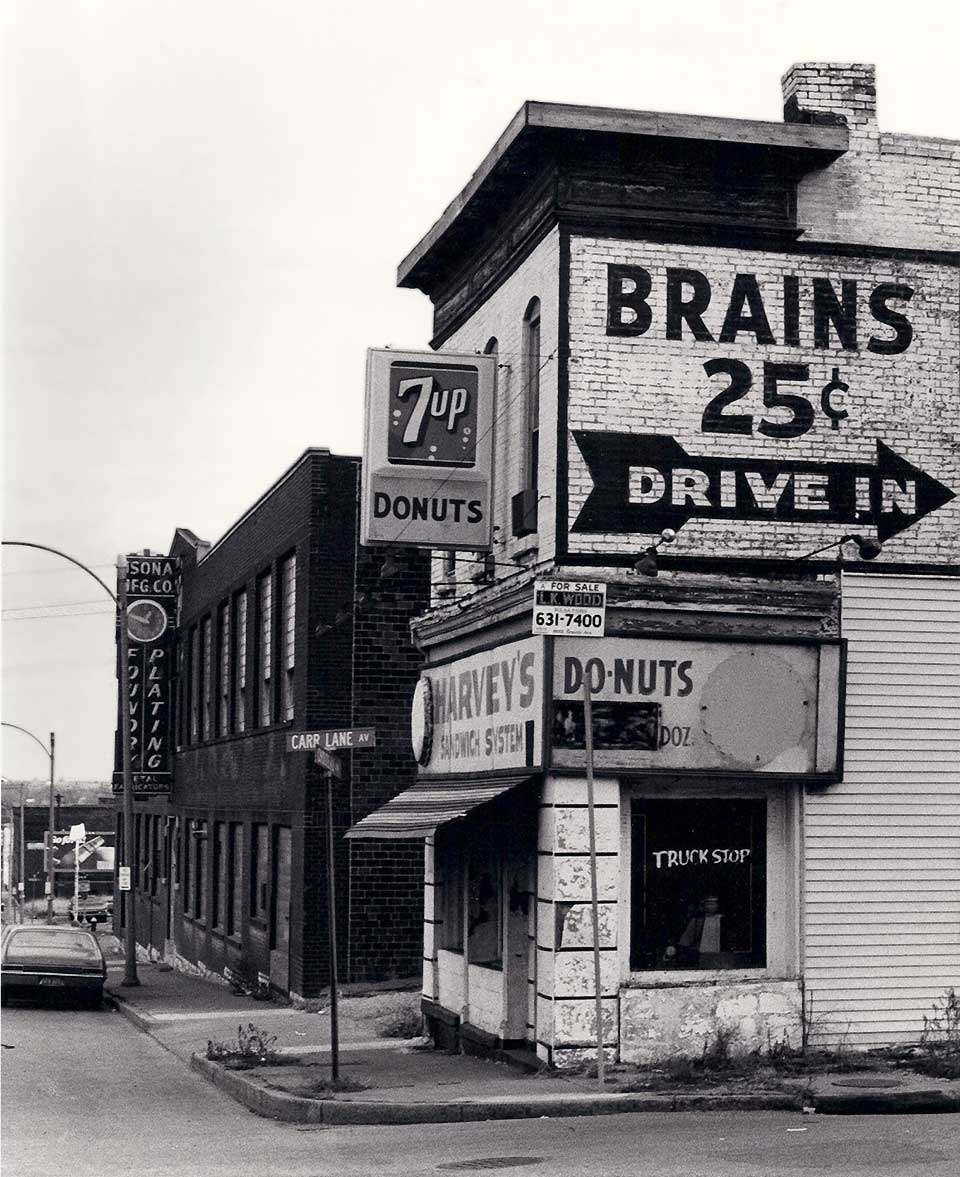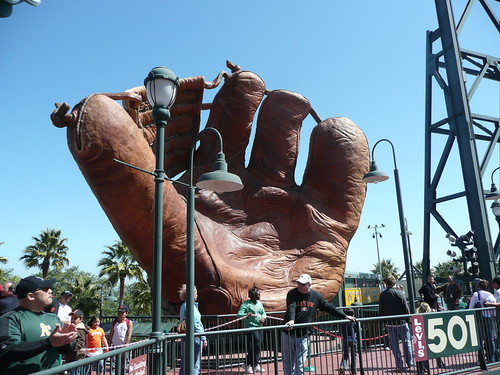
It wasn't even that long ago that I
referred to Adam Lind's 2010 as a "season-long slump." While his numbers are disheartening when you take a broad look, looking at his season in chunks we see much more promising results. Promising in a bad way, perhaps. But at least we'd have a better idea of what Lind represents.
There is no disputing Lind's final 2010 line: .237/.287/.425. Good for a .712 OPS and a .302 wOBA. Down 100 points from the year prior. Of course, Lind did manage 58 extra bases hits but that is about it. But together we can make something of this. Let's grab hold of a passing arbitrary end point (the All Star break) and watch things improve drastically!
From the break to season's end, Adam Lind posts a downright respectable .267/.309/.498/.807 line. Include the entire month of July and you get and extra 20 points of OPS. Not catastrophic by any stretch of the imagination.
Despite the heroics of 2009 and the extensive minor league track record; by True Talent Adam Lind is probably a .830~ OPS guy. Combining Lind's good year and off-year you get a two year average of .825. A season-long number like that puts Lind in the top half for designated hitters in the, um, American League.
So case closed, right? Lind is a good not great hitter without a real position. Not so fast. As I've written before, I believe Adam Lind's
all-fields approach and power the opposite way makes him a legit power threat in the American league. I went as far as declaring him
slump-proof!
Looking at the previous few 'grafs, you can safely assume Adam Lind slumped at some point during 2010. How about a two month stretch, 200 plate appearances almost exactly, in which Adam Lind put forth one of the worst stretches in recent memory.
On May 1st, Adam Lind strode to the plate sporting his now-traditional .360ish wOBA and .200ish isolated power. 4 home runs to his name, he was in the groove. Fast forward two months; Adam Lind wakes up on Canada Day realizing he his slash line since that fateful May Day of .166/.219/.276! A .495 OPS over 200 at bats. How could this happen?
That's what I'm attempting to find out. What happened to Lind over this span that he can hopefully avoid. A 200 plate appearance sample isn't sufficient in writing off a 27 year old with 80 home runs in fewer than 500 games.
Let's get nerdy and see if we can't pinpoint Lind's spring struggles. First, a plot of all the pitches he faced in May/June. Fans of pitching inside, take cover!

When new manager John Farrell hosted his first press conference, he noted the Red Sox "had a pretty good idea" how to get Adam Lind out. Despite the oppo heroics of 2009, it sure looks like pounding the outside corner is the key to retiring Lind. Or does it. Consider below, comparing Lind's pitches by position during his nasty slump compared to his season on the whole.

Interesting. Lind actually saw fewer pitches on the outside third of the plate during his struggles. The next logical assumption (which may not be logical in any way) is Lind got a little pull happy.
Looking at the batted ball data (as best I can for this time period), Lind sprayed the ball evenly around the outfield but hit lots of balls on the ground to the left side of the infield. Did Lind run afoul of the teachings of Citocity? Trying to do too little with pitches thrown in the middle plate, going the opposite way with nearly every pitch he saw?
At this point, I'm going a long way to say Adam Lind had two crappy months and isn't nearly as awful as he showed in 2010. Lind experienced some criminally bad luck in June both by average on balls in play and home run per fly ball.
As I stated earlier, "future Adam Lind" is a lot more likely to put up strong (but not spectacular) numbers in the .850 OPS/.360 wOBA neighbourhood. The .390 wOBA we saw a year ago is what the kids call "a career year." It happens.
That doesn't mean getting him all the ABs he can handle and all the reps at first base he can stomach isn't Job 1 for 2011. If he struggles through another 200 at bat megaslump, giving the appearance of going out of his way to help pitchers get him out, only then might it be time to re-evaluate.
Lind's team-friendly, option-heavy deal provides the front office enough rope to bide their time and fairly assess if Lind is the right fit for the Jays and the eventual playoff push. If a cheaper or better option presents itself, so be it. Players with Lind's type of pop don't fall out of trees, but they're hardly endangered species either.
AP Image courtesy of Daylife. Pitch F/X data from the ever gracious Joe Lefkotwitz, splits courtesy of Fangraphs.















